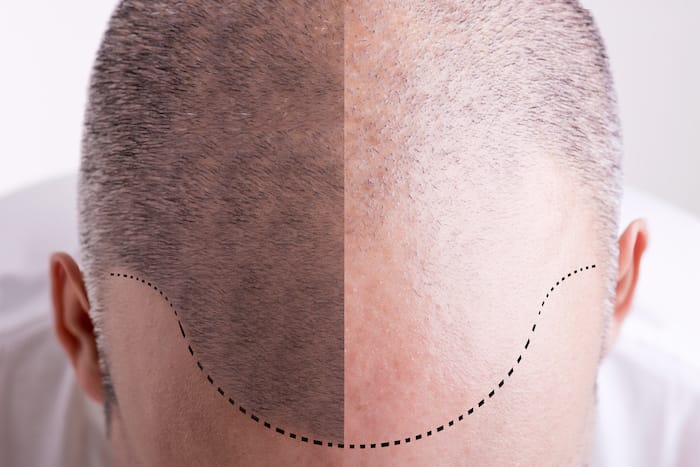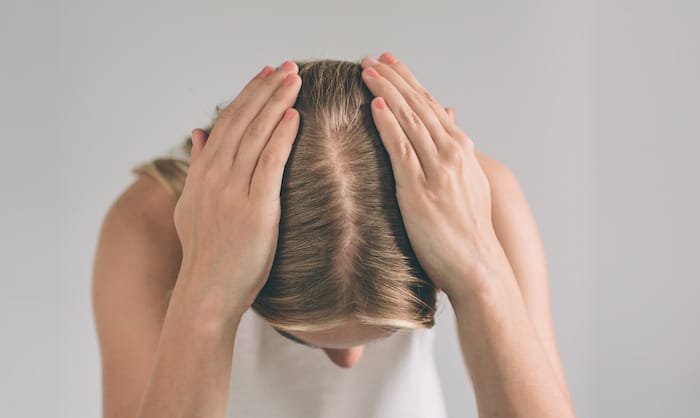Hair today, gone tomorrow.
As we get older, our hair can begin to thin and fall out. We may feel like we’ve lost our youthful luster whenever we look at ourselves in the mirror, finding a thinning scalp or a bald spot somewhere behind the head.
While there are other ways for you to regain the fullness of your hair, there is a well-known and more effective method, called a hair transplant.
What Is A Hair Transplant?
A hair transplant is a surgical procedure where doctors take hair from an area of good growth and place it on any of the balding spots on your head. While recent years have brought various improvements in the techniques used during hair transplants, doctors have actually been performing this procedure since the 1950s. With the changing times, hair transplant in London has become more popular than before.
Your scalp will first be cleaned and then injected with an anesthetic. After that, the doctor will choose between one of the two methods:
- Follicular Unit Extraction – This method involves the surgeon creating tiny holes in your scalp, large enough for hair to be planted on; as though your scalp is like soil and your hair acts as plants that need to be grown. The surgeon may be able to plant hundreds or even thousands of hairs into these holes over the course of just one treatment.
- Follicular Unit Transplantation – This method involves the surgeon cutting out or taking a strip of scalp from the back of your head. The open wound will then be closed with stitches. Using a magnifying glass and a scalpel, the surgeon evenly cuts the scalp strip and plants it evenly around your head to ensure a natural look.
While both of these procedures may seem intimidating or painful, there are many ways to care for yourself after the transplant. Listed below is what to expect after a hair transplant.
- Your Scalp Will Be Tender
Just the slightest touch can make your scalp itch or even hurt, so avoid touching your scalp or your bandages as much as possible. Make sure that you also avoid direct sunlight on your scalp. Wearing scarves and/or hoods will be necessary in ensuring that your scalp makes a swift and full recovery.
When it comes to taking a shower, ensure that you wear a shower cap before jumping into the water. You should not wash your hair during the first 48 hours after a hair transplant. Instead, focus on washing your body thoroughly while waiting for your scalp to heal. After 48 hours have passed, you may lightly wash your head to keep the transplant intact. If you use a shower, make sure that the shower head is at a low setting, as high-pressure water jets may irritate your scalp.
- You May Need To Change Your Diet
This is to further expedite the healing of your scalp. While many food products are fine to eat, you’d best focus on the likes of:
- Chicken
- Eggs
- Beef
- Oysters and/or Clams
- Cashews
- Spinach
- Almonds
- Sunflower Seeds
- Peppers
- Kale
- Carrots
- Yams
Avoid oily food and if you are a smoker, do not smoke until your scalp has fully recovered. Aside from this, your doctor will also prescribe some painkillers and antibiotics to keep the healing speedy and consistent.

- You Will Have To Keep Yourself Rested
Sleep is an important factor for healing. Instead of placing your head down fully on your pillow, you may have to sit upright and sleep that way for at least the first three days. The fabric of some pillow cases or headrests may irritate the scalp and prolong the healing process.
- Your Transplanted Hair May Fall Off
If some of your transplanted hair falls off, do not worry too much about it. Even in areas of full thickness, hair falls out due to washing and brushing. After a few months of care, you should be able to see the results of your procedure.
- Your Hair Regrowth Will Take Time
A hair transplant isn’t an instant solution to hair regrowth. Within the span of 6 to 9 months, you can expect hair regrowth of up to 60%. You will have to wait those months out while your hair has a chance to grow, and in the meantime it’s a good idea not to focus on every millimeter of new hair. Keep yourself busy until you’ve fully recovered!
Keep Your Expectations Low
A hair transplant isn’t always perfect. It takes a lot of preparation and careful maintenance for a full recovery. Always keep in mind that despite regrowing your hair, you may experience bleeding, scarring, or unnatural-looking hair growth. You might also be prone to infection. In anything unusual happens or you’re in any doubt, never be afraid to approach your doctor. Only through mindful and consistent care will you regain your youthful locks once more.
Throughout the year, our writers feature fresh, in-depth, and relevant information for our audience of 40,000+ healthcare leaders and professionals. As a healthcare business publication, we cover and cherish our relationship with the entire health care industry including administrators, nurses, physicians, physical therapists, pharmacists, and more. We cover a broad spectrum from hospitals to medical offices to outpatient services to eye surgery centers to university settings. We focus on rehabilitation, nursing homes, home care, hospice as well as men’s health, women’s heath, and pediatrics.








